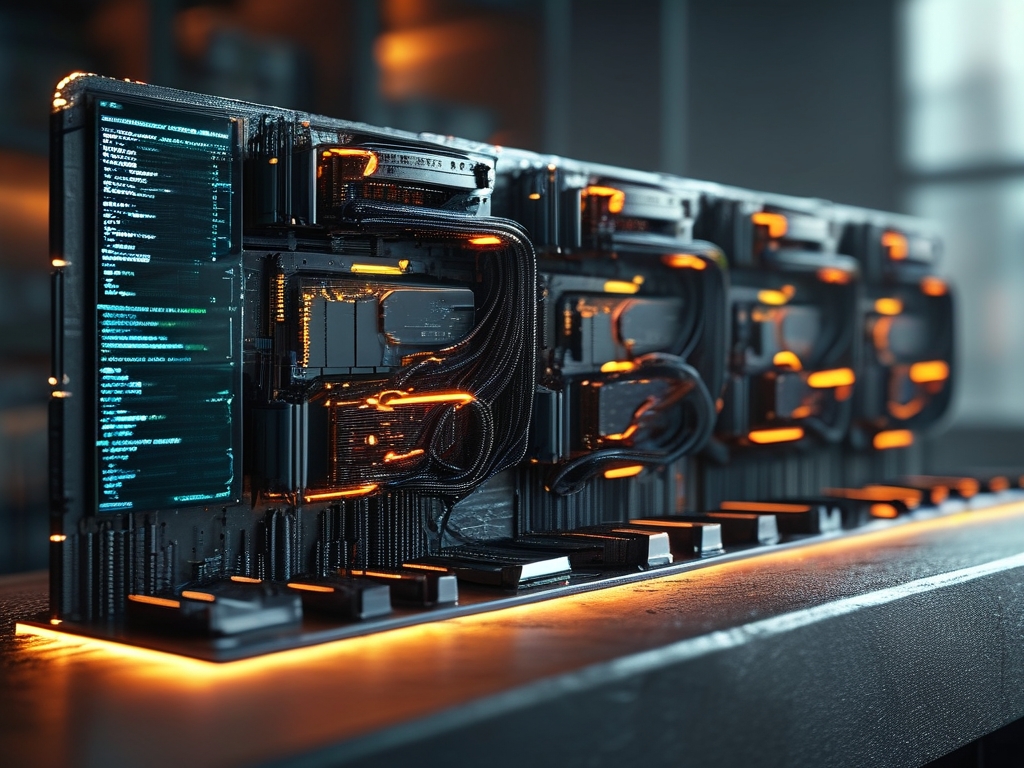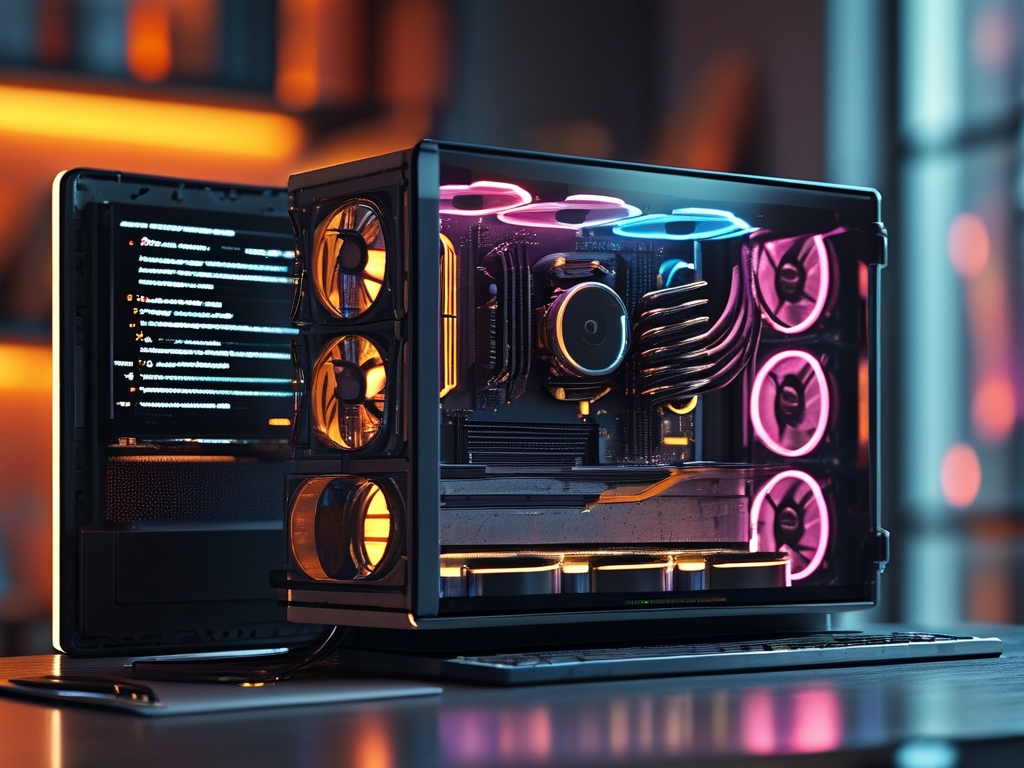The rapid evolution of artificial intelligence (AI) has revolutionized industries ranging from healthcare to autonomous driving. At the heart of this transformation lies a critical yet often overlooked component: AI computing memory. This article explores the role of memory systems in AI, the challenges they face, and emerging solutions poised to redefine computational efficiency.
1. The Importance of Memory in AI Systems
AI algorithms, particularly deep learning models, rely on vast amounts of data for training and inference. For instance, large language models like GPT-4 require terabytes of data to achieve human-like text generation. Memory systems store and retrieve this data at lightning speed, enabling real-time processing. Without high-performance memory, even the most advanced AI chips-such as GPUs or TPUs-would bottleneck, rendering complex tasks like image recognition or natural language processing impractical.
Modern AI workloads demand two types of memory:
- Short-term memory: Used for immediate computations, such as matrix multiplications in neural networks.
- Long-term memory: Stores trained models and datasets for recurrent tasks.
The balance between speed, capacity, and energy efficiency in these memory systems directly impacts AI performance.
2. Current Memory Technologies for AI
Today's AI systems primarily use High Bandwidth Memory (HBM) and GDDR6. HBM, stacked vertically to reduce latency, is favored in data centers for its throughput of up to 460 GB/s. Meanwhile, GDDR6 offers a cost-effective solution for edge devices like self-driving cars. However, both technologies face limitations:
- Bandwidth constraints: As AI models grow (e.g., trillion-parameter models), memory bandwidth struggles to keep up.
- Power consumption: Memory can account for over 50% of a chip's energy use, limiting scalability.
3. The Memory Wall Challenge
The "memory wall" refers to the growing gap between processor speed and memory latency. While AI chips double in performance every two years (per Moore's Law), memory speeds improve by only 10% annually. This imbalance forces systems to waste cycles waiting for data, reducing overall efficiency. For example, training a single AI model can emit as much carbon as five cars over their lifetimes-partly due to inefficient memory access patterns.
4. Innovations in AI-Optimized Memory
To overcome these hurdles, researchers are pioneering novel architectures:
- Near-Memory Computing: Integrating processing units directly into memory modules (e.g., Samsung's Processing-in-Memory chips). This reduces data movement, cutting latency by 40% and energy use by 35%.
- 3D Stacked Memory: Technologies like Hybrid Memory Cube (HMC) layer DRAM atop logic dies, boosting density and bandwidth.
- Non-Volatile Memory (NVM): MRAM and ReRAM retain data without power, ideal for edge AI devices.
Companies like NVIDIA and Cerebras are already embedding HBM3 into their latest AI accelerators, achieving 1 TB/s bandwidth-double previous generations.
5. The Future: Quantum Memory and Neuromorphic Designs
Looking ahead, quantum memory could leverage qubits to store vast datasets exponentially more efficiently. Meanwhile, neuromorphic computing-inspired by the human brain-uses spiking neural networks with dynamic memory allocation. Intel's Loihi 2 chip, for instance, mimics synaptic plasticity, enabling "on-the-fly" learning with minimal memory overhead.

6.
AI computing memory is not just a supporting actor but the backbone of intelligent systems. As AI models grow in complexity, innovations in memory technology will determine whether we can sustainably scale these systems. From near-memory computing to brain-inspired architectures, the future of AI hinges on solving the memory challenge-ushering in an era where machines think faster, smarter, and greener.








